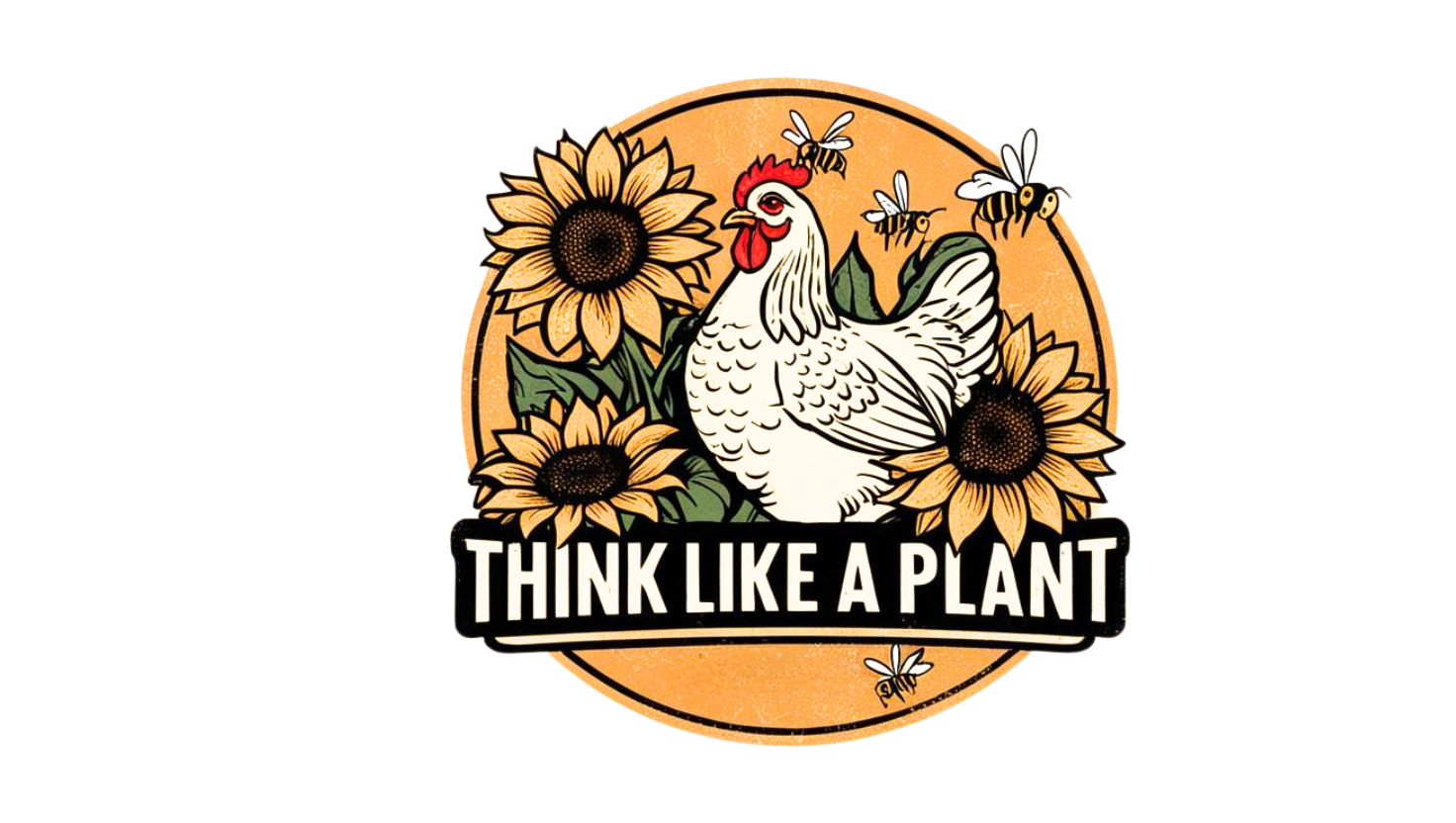“How Snakes Shape Our Ecosystem: The Unsung Heroes of Biodiversity”
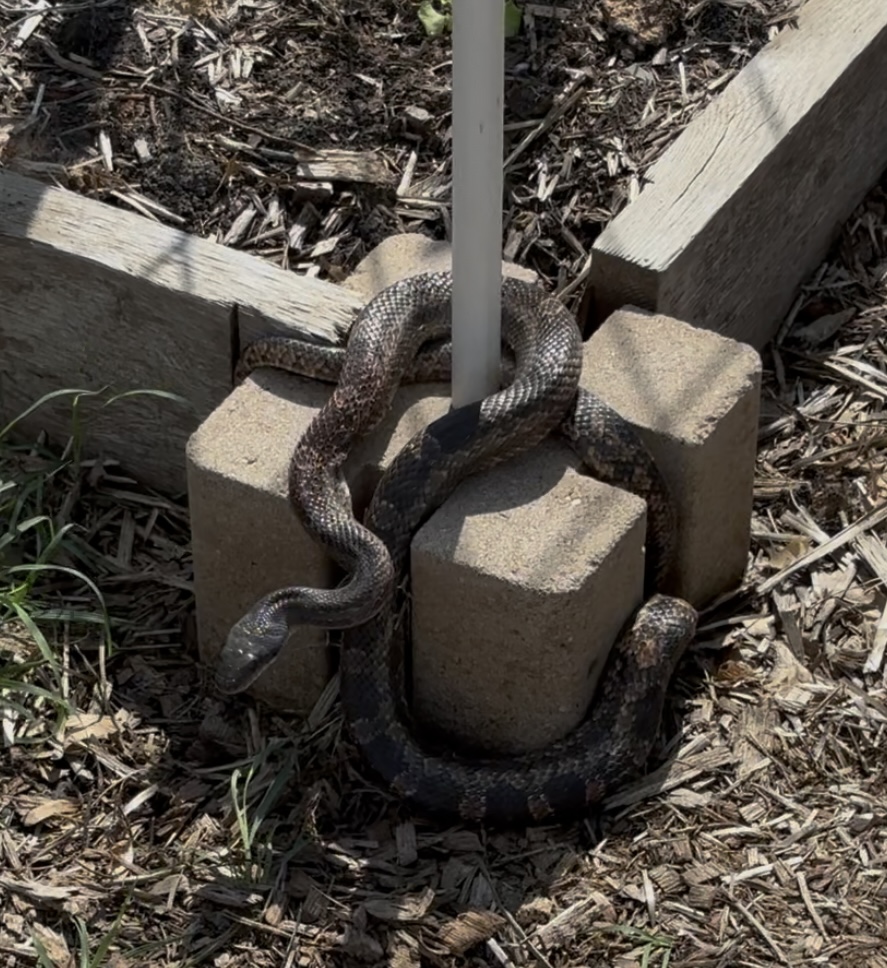
Table of Contents
ToggleIntroduction
Do you identify yourself with Indiana Jones and fear snakes? Maybe you have heard stories of others or have had a scary encounter with a snake and will never forget the feeling? I know my encounters with snakes have usually been with non-venomous snakes like the Texas rat snake. Maybe my feelings toward these reptiles will change if I’m confronted with a venomous, more aggressive snake like the African black mamba known for its speed and lethally potent venom or the saw-scales viper who is know for its high number of human fatalities.
Snakes are often misunderstood and feared but they play a crucial role in maintaining the balance of ecosystems. These fascinating reptiles are not only important predators but also serve various ecological functions that contribute to the health of their habitats. Think about how things would be different without snakes? Every animal has a role in the food chain and as much as I know some might hate to hear it but snakes do too!
Understanding how snakes influence their surrounds can help us appreciate their importance and encourage conservation efforts, even if that means doing the most effortless thing possible, let them be. In this blog post, we’ll explore the numerous pros and cons of snakes within ecosystems, highlighting their importance while also acknowledging the challenges they present.
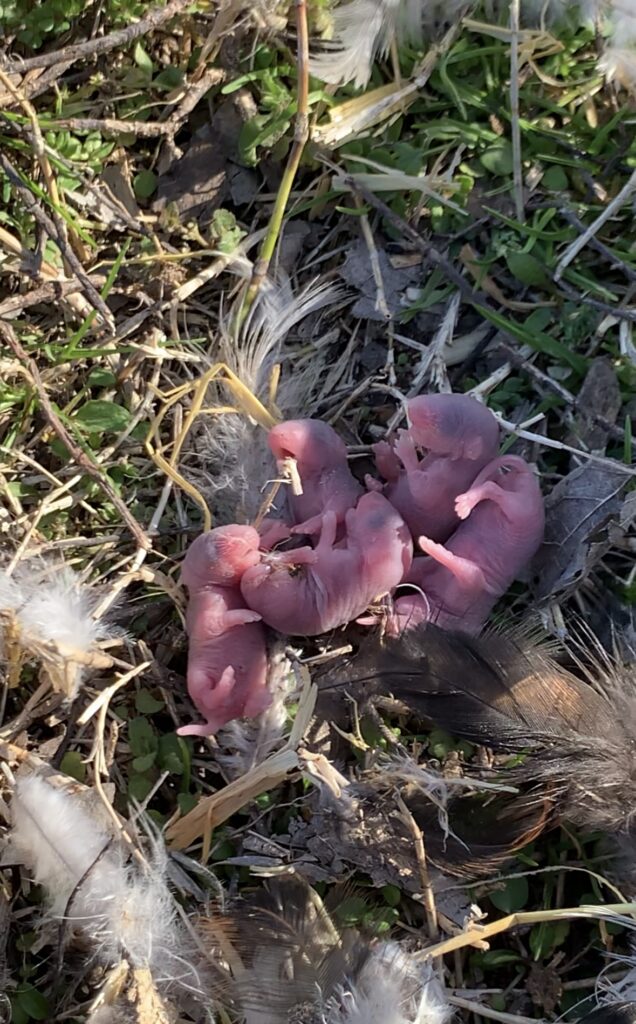
Pros of Snakes in Ecosystems
Pest Control
Snakes are predators! Stealthy and scary predators for sure! They are without a doubt great at their role and help regulate the populations of various prey species, including rodents, insects, and small animals like birds that can be damaging to agriculture and human habitats.
For instance, a single rat snake can consume dozens of rodents in a year, significantly reducing potential crop damage and the spread of diseases that rodents can carry.
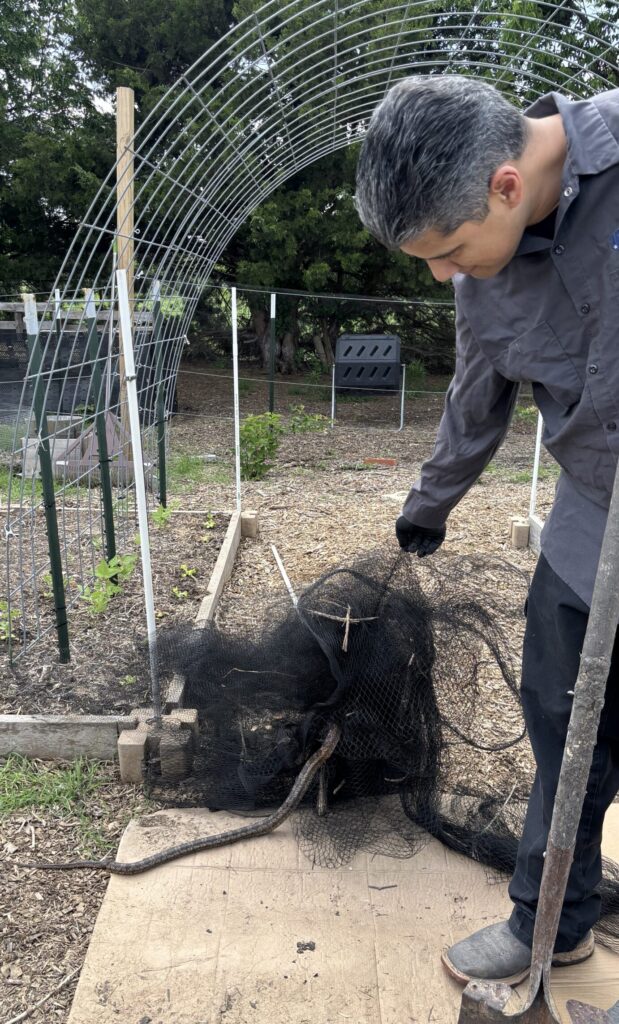
Food Source for Other Animals
Snakes are not only predators but also serve as prey for numerous larger animals, including birds of prey, mammals and even other reptiles, thus contributing to a balanced food web.
For instance, birds of prey such as eagles and hawks often include snakes in their diet, particularly in areas where snake populations are abundant. Mammals, such as foxes and coyotes also hunt snakes as a food source and bring balance to the ecosystem.
Indicator Species
Snakes can serve as indicators of ecosystem health. Their presence or absence can provide insight into the overall condition of the environment. Again, without them, rodents will over-populate. Yes, we do have other pest control options but when you let organic solutions take over your decisions, nine times out of ten, you don’t have to reach out for other in-organic options.
Many snakes are sensitive to changes in habitat quality, pollution levels, and climate conditions. By monitoring snake populations, researchers can gauge the health of the ecosystem, guiding conservation efforts and identifying potential environmental issues.
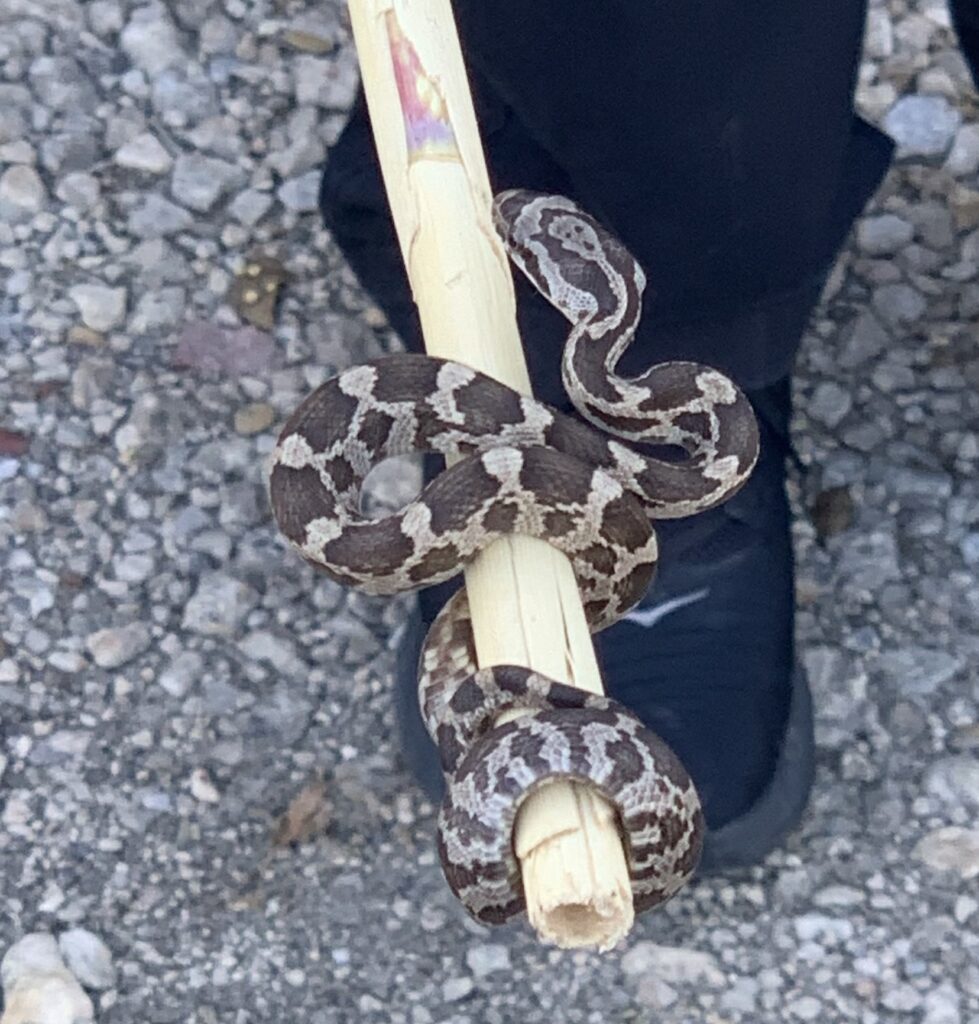
Nutrient Cycling
Snakes also play a role in nutrient cycling. When they hunt and consume prey, they help transfer energy through the food web. As snakes excrete waste, they contribute to soil fertility, benefiting plant life and promoting healthy ecosystems. Furthermore, when snakes die, their decomposing bodies provide nourishment for scavengers and contribute to soil health.
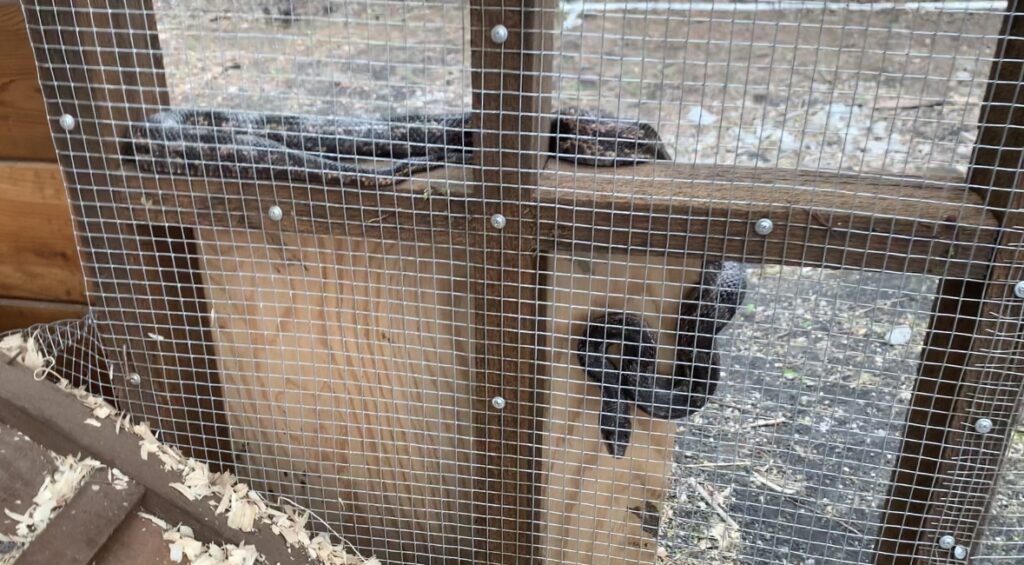
Cons of Snakes in Ecosystems
While snakes offer numerous ecological benefits, they can also present challenges and drawbacks in certain contexts.
Human Fear and Misunderstanding
One of the biggest cons associated with snakes is human fear and misunderstanding. Many people perceive snakes as dangerous, leading to negative attitudes and even persecuting them. This fear can result in the indiscriminate killing of snakes, jeopardizing their populations and disrupting local ecosystems. Education and awareness are crucial to overcoming these misconceptions.
Sometimes, snakes are killed for the simple joy of having snake skins as trophies or turning them into items suck as belts, boots, shoes, wallets and handbags! Some state laws may protect certain species of snakes depending on the state you live in. So, who should really be afraid? The humans or the snakes?
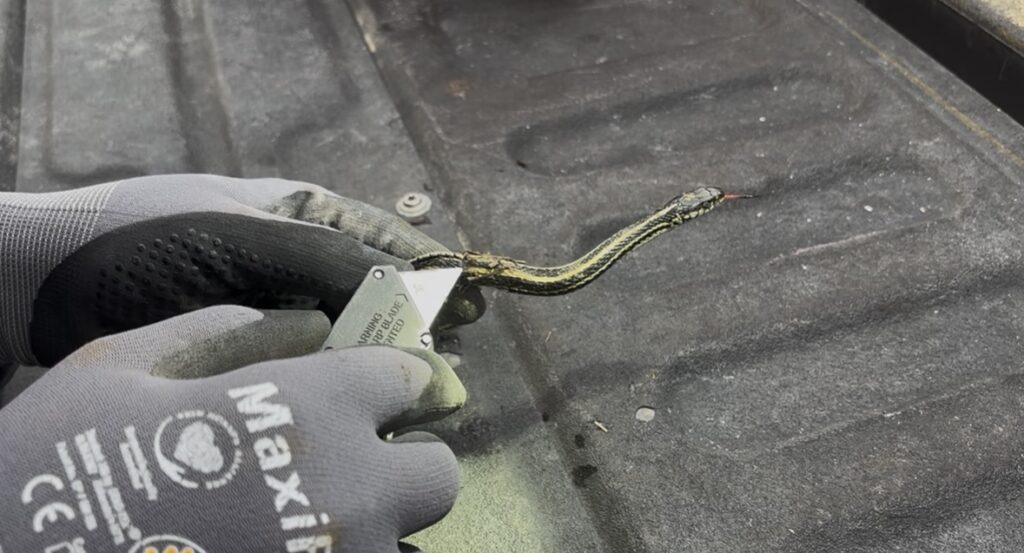
Potential for Disease Transmission
Some snake species can carry parasites and diseases that can affect other wildlife populations and even humans. For example, certain snakes may harbor ticks, which can transmit diseases like Lyme disease. Additionally, snakebite incidents, although rare, pose significant health risks to humans and pets, leading to fatalities if left untreated. Proper precautions and education about safe coexistence with snakes are essential to mitigate these risks.
Safe coexistence with snakes in simplest words really means “just leave them alone unless they are threatening you”. Most of the snakes bites recorded yearly are because a low percentage of humans tend to think it’s a good idea to catch, hold, or touch a snake. If you are not a professional snake handler or don’t know anything about these reptiles, it’s best that you keep a safe distance between you and them.
Competition with Other Species
In some ecosystems, snakes can become invasive species, competing with native wildlife for food and habitat. For instance, the introduction of non-native snake species can lead to declines in local populations of reptiles, birds, and mammals.
Countries like Mexico have more species of snakes than the United States and we surely don’t want those species of snakes where they don’t belong. Bringing snakes, other animals or plants for that matter from a different country, can negatively disrupt natural balances and lead to a loss of biodiversity.
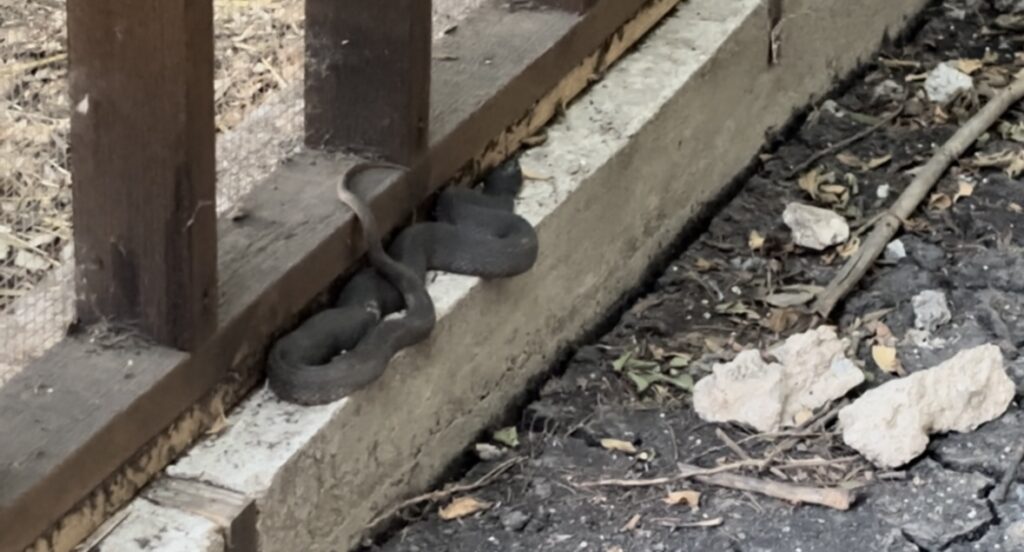
Impact on Livestock
For farmers and ranchers, snakes can be seen as a threat to livestock, particularly in areas where they prey on small animals or birds. While most snakes prefer wild prey, some may venture into farm settings, causing concern and financial losses for agricultural operations. However, it’s essential to weigh this against the pest control benefits that snakes provide.
When you have a rodent problem, you start wondering how you can get snakes, owls or alley cats to your property so they can control those pests! We have had field mice, make their way into my husbands tundra to build their nests in the air filter compartment, then they got inside a second time to build a nest under the seats inside a box of work rags. Those pest make their ways inside the shed when there is absolutely no way inside. They have built nests under the lawnmower seat during the winter when not in use and stored in the shed, so much my husband had to fix it. They multiply inside our chicken coop despite our efforts of putting the feed away every night! Now tell me? In my case, I would rather let the snakes do their job and eat those 9 pounds of mice a year, while I occasionally will see them possibly 3-5 times a year. Snakes or Rodents? Which one do you prefer?
Ecosystem Disruption from Overpopulation
In certain cases, specific snake populations can become overabundant, leading to ecological imbalances. When natural predators are removed or habitat conditions change, snakes may proliferate to unsustainable levels, causing declines in prey species and altering the dynamics of the ecosystem. Managing these populations effectively is crucial for maintaining balance.
In the case that you start seeing an over population of snakes, then something must be done for sure! This will likely be noticeable!
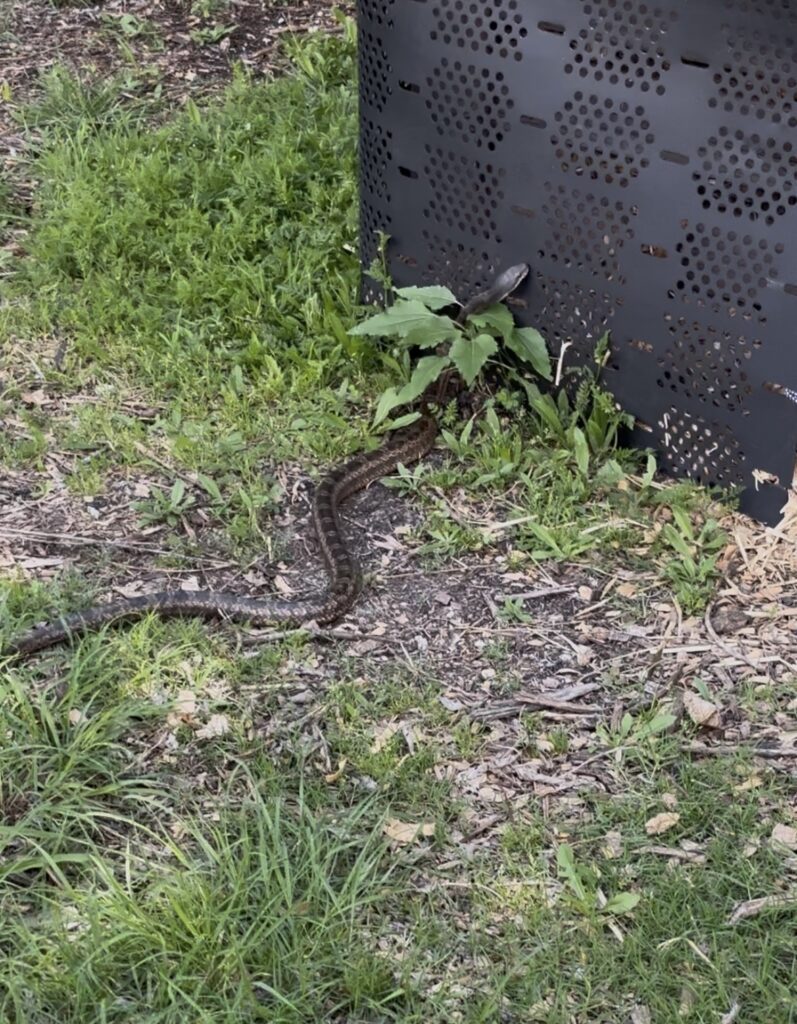
Conclusion
Snakes are fascinating creatures that contribute significantly to the functioning of ecosystems. Their roles in pest control, biodiversity maintenance, and nutrient cycling highlight their ecological importance. However, the challenges they present, such as human fear, disease transmission, and potential invasiveness, cannot be ignored.
To foster a balanced coexistence, it is vital to educate communities about snakes, their benefits, and the importance of their conservation. By appreciating the complex roles snakes play in ecosystems, we can better understand and protect the delicate balance of our natural world. Embracing snakes as valuable members of our ecosystems ensures a healthier, more vibrant environment for all species, including humans.
In conclusion, while snakes possess both pros and cons within ecosystems, their overall impact is critical and indispensable. Promoting awareness and proactive management strategies can help mitigate the challenges they pose while preserving their valuable ecological roles.
